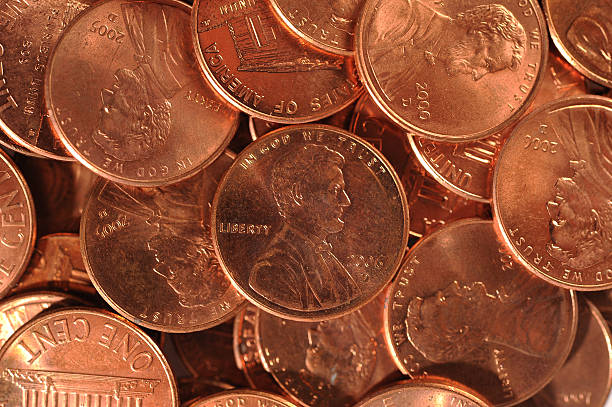In a move that has been debated for years but never acted upon—until now—the U.S. Treasury under the Trump administration has confirmed it will begin phasing out the penny. The decision marks the end of a coin that has been in circulation since 1793.
Pennies Cost More Than They’re Worth
The financial case against the penny is straightforward. According to the U.S. Mint’s annual report, each one-cent coin costs nearly four times its face value to produce. Rising costs of copper and zinc have pushed the unit cost of a penny up by 20.2% over the past year, resulting in an $85.3 million loss for the Mint in 2024 alone.
This isn’t a new issue—both the penny and the nickel have cost more to produce than they’re worth for nearly two decades. The nickel, currently valued at five cents, costs the Mint 13.78 cents to make.
In a budget-conscious world, these figures don’t just stand out—they scream for action. With an estimated $56 million in annual material savings expected from eliminating the penny, it’s a cut that finally makes fiscal sense.
Trump’s Statement and the Political Angle
President Donald Trump made his stance clear earlier this year via his Truth Social platform. “This is so wasteful!” he wrote, referring to the production cost of the penny. “Let’s rip the waste out of our great nation’s budget, even if it’s a penny at a time.”
While Trump’s messaging may sound simplistic, his directive to stop the Mint from ordering more penny blanks has now been implemented. The U.S. Mint will continue to produce pennies only as long as its remaining inventory of blanks lasts.
Politically, this is one of those rare bipartisan issues—no one really defends the penny anymore, aside from a few sentimental or nostalgic arguments. In terms of practical policy, it’s hard to argue with the economics here.
A Global Trend Toward Penniless Economies
The U.S. is late to the party. Other developed nations have already scrapped their lowest-value coins and adjusted their retail systems accordingly.
Canada eliminated the penny in 2012 and began rounding cash transactions to the nearest five cents. Australia dropped its one- and two-cent coins in the early 1990s, and New Zealand did the same. All these countries adjusted seamlessly, and their economies didn’t collapse—proof that low-denomination coins aren’t essential to daily commerce.
This global trend shows that coinage reform isn’t just feasible—it’s necessary. Especially as digital payments dominate and the use of physical cash continues to decline.
Does the Penny Still Serve a Purpose?
With 114 billion pennies in circulation, one might think they’re still useful. But the reality is that most people don’t use them. They pile up in jars, drawers, and cash registers, rarely returning to active use in the economy.
Retailers and consumers alike rarely transact in pennies, and some businesses have even stopped accepting them. They add weight, slow down transactions, and offer no real utility in an age where card payments and digital wallets are standard.
In a time when efficiency matters and inflation has eroded the purchasing power of small denominations, the penny is more symbolic than functional. Its disappearance will be noticed by few and missed by even fewer.
Final Thoughts: A Symbolic Shift With Practical Benefits
While ending the penny may not revolutionize the U.S. economy, it’s a symbolic move toward modernization and fiscal responsibility. For a country deeply divided on many issues, this is a simple, non-partisan win—one that saves money without sacrificing anything of real value.
We live in a time where every cent counts, but not every coin should. Ending the penny’s run isn’t just smart accounting—it’s common sense.


